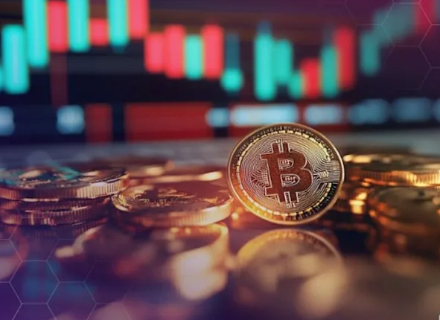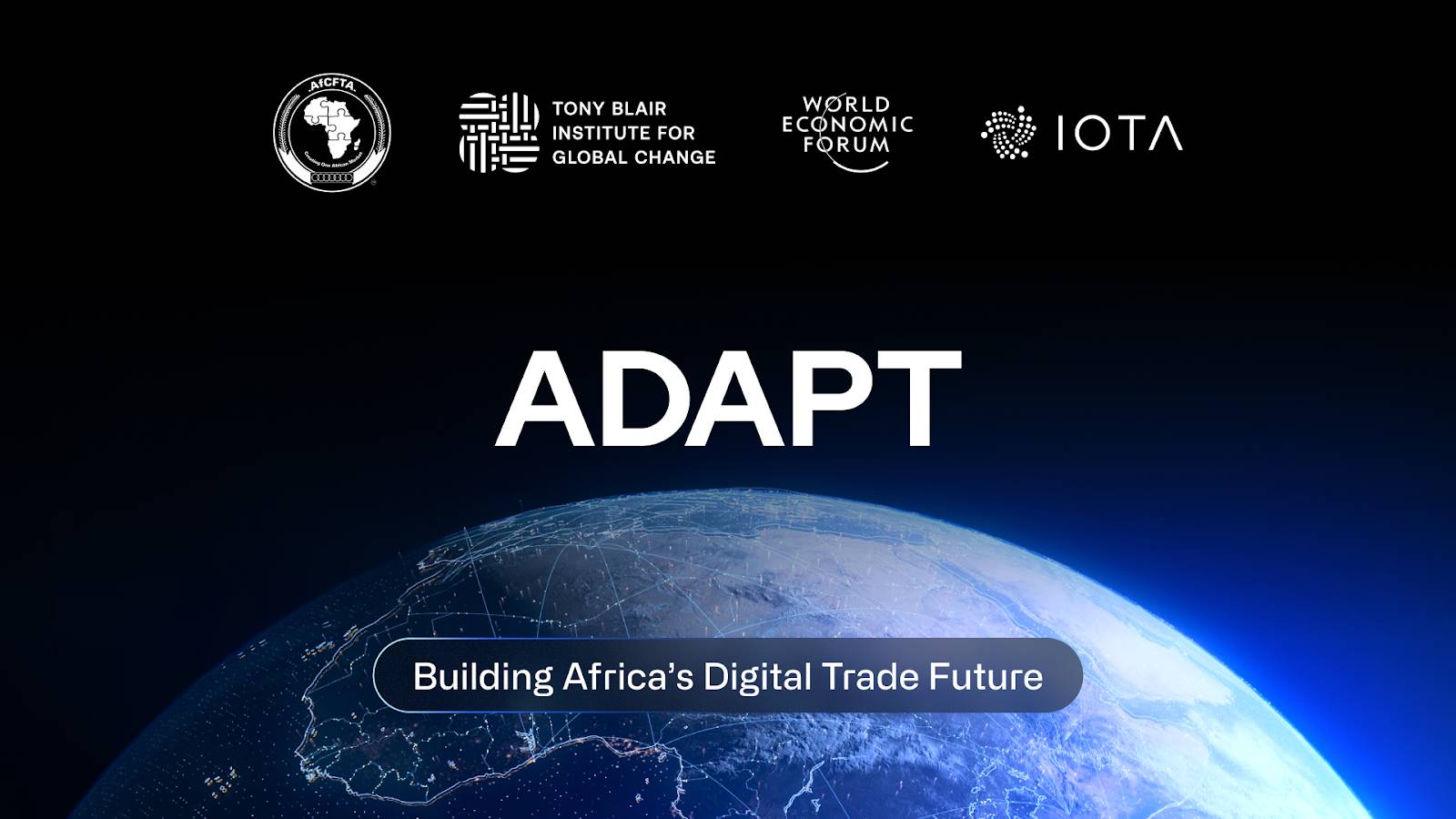Bitcoin's Bearish Momentum vs. Gold's Bullish Breakout: A Macro-Driven Reallocation in Late 2025
- In late 2025, Bitcoin faces bearish momentum while gold hits record highs, driven by institutional capital reallocation amid macroeconomic shifts and regulatory clarity. - Bitcoin’s 30% August correction to $75,000 and 3.68M BTC institutional accumulation highlight its equity-like volatility and susceptibility to Fed policy shifts. - Gold surges to $3,534/oz on 710 tonnes of central bank purchases and $19.2B ETF inflows, reinforcing its role as a safe-haven asset against inflation and geopolitical risks.
In late 2025, the cryptocurrency and precious metals markets have diverged sharply, with Bitcoin grappling with bearish momentum and gold experiencing a historic breakout. This reallocation of institutional capital reflects a broader shift in macroeconomic sentiment, regulatory clarity, and risk appetite. To understand this dynamic, we must dissect the interplay of institutional flows, technical indicators, and macroeconomic tailwinds shaping these two assets.
Bitcoin’s Bearish Correction: A Test of Institutional Resilience
Bitcoin’s 30% correction in August 2025, which brought its price to $75,000, has sparked debates about whether this marks the start of a bear market or a consolidation phase [1]. While institutional investors have accumulated 3.68 million BTC by Q3’s end, removing 18% of the circulating supply, the asset’s volatility and equity-like correlation (0.76) have made it more susceptible to macroeconomic shifts [2]. The Federal Reserve’s hawkish pivot in August exacerbated short-term selling pressure, as investors recalibrated portfolios amid inflationary concerns [1].
Technical indicators, however, suggest a nuanced picture. The MVRV Z-Score and VDD metrics indicate long-term holders are accumulating Bitcoin, a pattern historically observed during bull cycle bottoms [3]. Yet, overbought conditions and the asset’s compressed volatility (now 2.2 times gold’s) have not fully resolved concerns about its role as a safe haven [3]. Meanwhile, Bitcoin’s dominance ratio has fallen from 65% in June to 59% by August, signaling a capital reallocation to altcoins like Ethereum and Solana [6].
Gold’s Bullish Breakout: A Safe-Haven Reaffirmed
Gold, in contrast, has surged to record highs of $3,534 per troy ounce in late 2025, driven by central bank purchases (710 tonnes in 2025) and its inverse correlation with equities (-0.01 over 10 years) [2]. Institutional investors, including 59% of institutional portfolios, have increasingly allocated 10–15% to gold for stability, leveraging its role as a systemic risk buffer [4]. Gold ETFs like SPDR Gold Shares (GLD) have attracted $19.2 billion in net flows year-to-date, outpacing Bitcoin ETFs’ $13.6 billion [4].
The Federal Reserve’s dovish pivot in September 2025 further bolstered gold’s appeal, as investors sought protection against dollar devaluation and geopolitical tensions [1]. Central banks, particularly in emerging markets, have prioritized gold as a hedge against currency instability, with SPDR Gold Shares rising 24.4% compared to Bitcoin ETFs’ 14.5% [3]. This divergence underscores gold’s enduring role as a traditional safe-haven asset, even as Bitcoin’s institutional adoption grows.
Institutional Sentiment: A Barbell Strategy Emerges
Institutional investors are adopting a “barbell” approach, balancing Bitcoin’s growth potential with gold’s stability. While Bitcoin’s Sharpe ratio (1.04–1.06) lags gold’s (2.03), a diversified portfolio combining 20% Bitcoin and 80% gold achieves a stronger Sharpe ratio of 2.94 [2]. This strategy reflects a recognition of Bitcoin’s programmable scarcity and regulatory normalization (via the CLARITY Act and ERISA revisions) alongside gold’s time-tested resilience [1].
However, Bitcoin’s competition with yield-bearing alternatives like Ethereum is intensifying. Ethereum ETFs attracted $2.96 billion in Q3 2025, outpacing Bitcoin’s outflows, as investors capitalized on Ethereum’s 3.5% staking APY [2]. This reallocation highlights a broader shift toward assets with utility and income generation, particularly as zero-yield Bitcoin faces scrutiny in a low-interest-rate environment.
Macroeconomic Tailwinds and the Path Forward
The Federal Reserve’s policy trajectory remains pivotal. A 90% probability of a September 2025 rate cut could reignite a risk-on environment, but persistent inflation and geopolitical tensions may delay easing [4]. For Bitcoin, the 2024 halving event has created a deflationary narrative, with JPMorgan estimating the asset is undervalued by 13% relative to gold, projecting a fair price of $126,000 [5]. Gold, meanwhile, is projected to reach $4,000/oz by 2026, driven by central bank demand and its role as a hedge against systemic risks [2].
Conclusion: A New Era of Asset Reallocation
The late 2025 reallocation between Bitcoin and gold reflects a maturing institutional landscape, where macroeconomic drivers and regulatory clarity dictate capital flows. While Bitcoin’s volatility and equity-like behavior challenge its safe-haven status, its digital scarcity and institutional adoption position it as a growth-oriented store of value. Gold, conversely, remains a stable diversifier, particularly in stagflationary scenarios. As the Fed’s policy trajectory and global inflation trends evolve, investors must navigate this duality with a strategic, barbell approach.
Source:
[1] Bitcoin's Q3 2025 Surge: Navigating Fed Policy and Institutional Capital Shifts
[2] Bitcoin and Gold in 2025: Diversifying Risk with Dual Hedges
[3] Gold and Bitcoin Decouple. What's Driving the Divergence?
[4] The Shifting Bitcoin-Gold Correlation: Implications for Safe-Haven Investing in a Volatile Market
[5] Bitcoin Undervalued Versus Gold
Disclaimer: The content of this article solely reflects the author's opinion and does not represent the platform in any capacity. This article is not intended to serve as a reference for making investment decisions.
You may also like
Aster announces a $10 million trading competition, combined with Stage 4 airdrop and Rocket Launch incentives, driving multi-layered growth in platform depth and liquidity.
After achieving strong performance in Stage 3, Stage 4 (Harvest) airdrop plan was launched, and the “Double Harvest” trading competition with a total reward of 10 million USD will be introduced on November 17.

Mars Morning News | Federal Reserve officials send strong hawkish signals again, December rate cut in doubt
The crypto market has generally declined, with bitcoin and ethereum prices falling and altcoins experiencing significant drops. Hawkish signals from the Federal Reserve have affected market sentiment, and multiple project tokens are about to be unlocked. Early ethereum investors have made substantial profits, and expectations for a continued gold bull market persist. Summary generated by Mars AI. The accuracy and completeness of this summary, generated by the Mars AI model, are still being iteratively improved.

IOTA collaborates on the ADAPT project: Building the future of digital trade in Africa together
IOTA is collaborating with the World Economic Forum and the Tony Blair Institute for Global Change on the ADAPT project. ADAPT is a pan-African digital trade initiative led by the African Continental Free Trade Area. Through digital public infrastructure, ADAPT connects identity, data, and finance to enable trusted, efficient, and inclusive trade across Africa.
